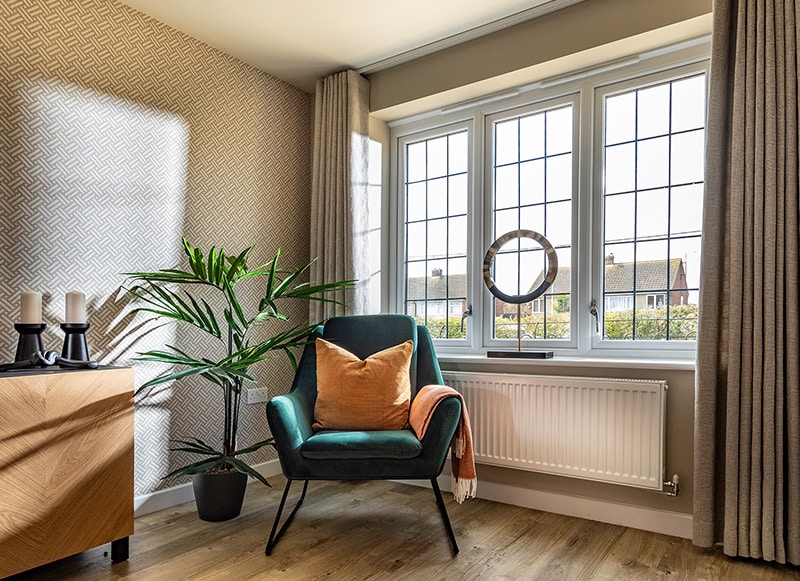Ryan Johnson, Managing Director, Emplas, considers what’s on the horizon in the months ahead?
That England went out of a major tournament on penalties, although agonising to watch, at the very least represented some sort of return to ‘normal’. There is a sense, that things are returning, at least to a point, to where they were. Bars and restaurants have reopened; if they are prepared for the additional hassle (and I think they are) people are beginning to take overseas holidays; and offices are slowly starting to refill.
COVID-19 is unpredictable and the number of cases we have seen so far this summer, is a concern, but the Government appears unblinking, and society is opening up. We can’t take anything for granted but we can make some educated guesses.

1. The opening up of the economy will increase competition for consumer spend. Home improvement has had a captive market for the past 18-months. We now have competition on our hands making lead generation more important (I know you’re currently drowning in leads and business – but some slowdown is inevitable later this year or early next, you only have to look at holiday bookings for 2022, which are already outpacing entire bookings for this year).
2. This will impact things longer term, short term the surge of completions at the end of June before the Stamp Duty holiday threshold dropped from £500,000 to £250,000 should translate into new business late summer and into the autumn. Although the nil-rate threshold has now dropped to £250,000 and will return to pre-Covid rates from 1st October, should at a lower rate, also continue to drive demand for home improvements.

3. Although pressure on the supply chain has eased over the summer as specific challenges have been resolved e.g., massive boats stuck in the Suez Canal, COVID-disruption to container shipping, the catch-up from Lockdown 1.0, and cold maintenance to two float glass lines, demand continues to exert pressure. This makes continuing to disruption to supply in some form likely.

4. For that same reason, we haven’t seen the last of price increases. As a sector, we’re in a global competition for resources and materials – and it’s a sellers’ market.
Steel is a good example, the increase in prices from Q3 2020 to Q2 2021 is approaching £300 per tonne. This represents an increase of around 45% at the start of this year on the 2020 baseline.
It’s not only steel but labour from operatives to drivers with the UK 60,000 drivers short pre-COVID 19. That’s since been made worse because an estimated 15,000 European drivers have left the UK, while a further 30,000 HGV driving tests were cancelled because of COVID.
Materials and labour are there, but if you want them, you must pay more and that has implications for all of us.

5. Shortages of supply and increased demand for houses with outside space post- COVID, combined with Government targets to deliver 300,000 new homes a year by the mid-2020s, will continue to drive demand from new build.
6. Despite demand we expect to see more business failures. A lot of companies have been over-trading now for more than a year. Demand has provided a sticking plaster fix for a lot of manufacturers and installers but fundamental weaknesses in operating models that were there pre-COVID-19 are still there now. As the tap starts to be turned off, those weaknesses will be exposed.
In short, it’s time to start thinking again about lead generation, security of supply and adaptation. We have gone through immeasurable change since we entered the first Lockdown on March 26th 2020.
It hasn’t been painless but we’re stronger and better as a business for it, adapting our model to change and building increased levels of support to our customers, including lead generation and new business tools.
We believe that and our long-term supply chain partnerships will deliver tangible benefits to our customers in the run into the end of the year, and even more so in 2022.
For more information, email [email protected], enter our online contact form or call 01933 674880.
